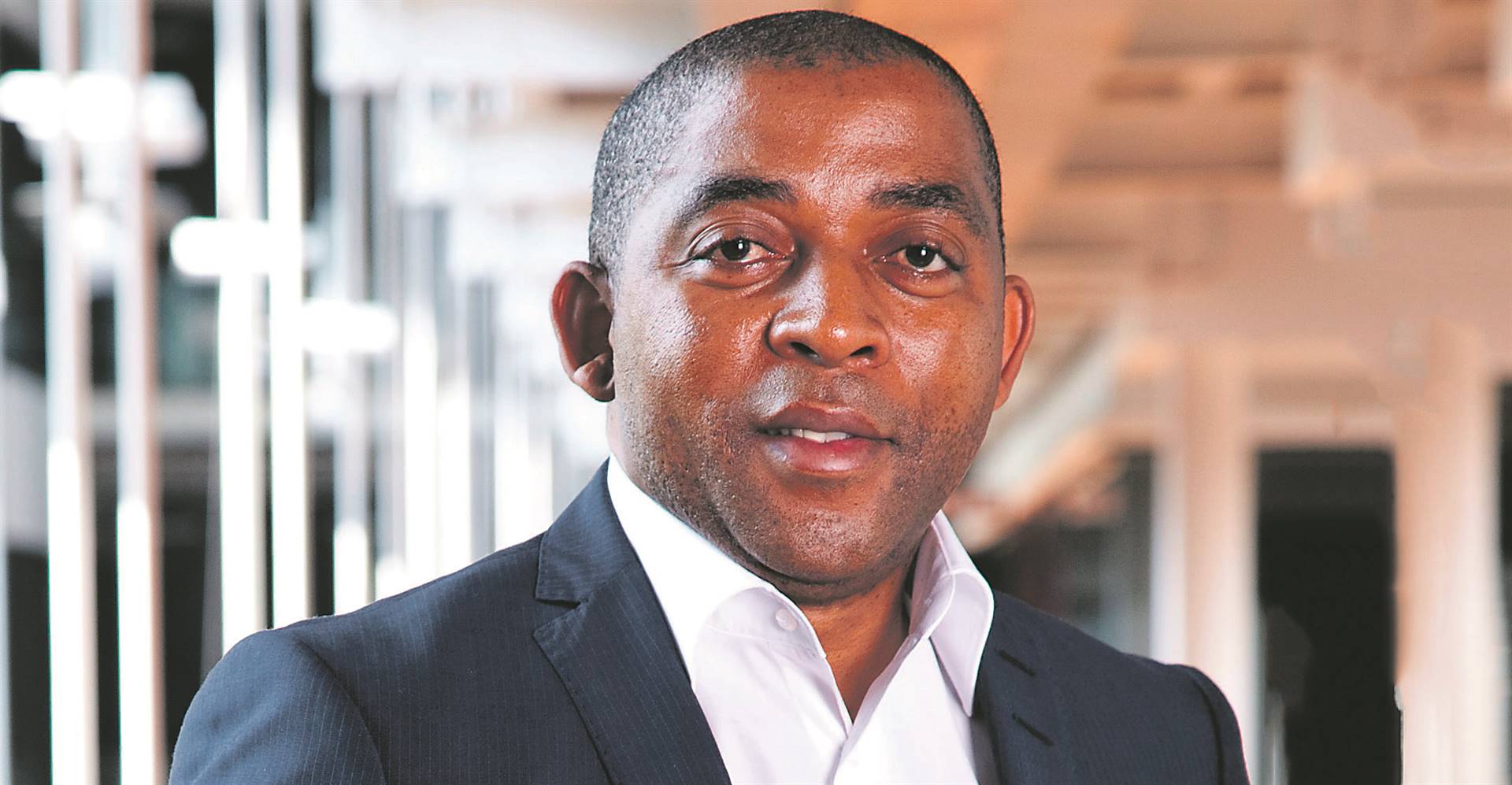Strategic interventions disrupted by political and policy prevarications resulted in strategic damage and significant lost opportunities
Ethiopian Airlines is reported to have posted R4.08 billion for its half-year results.
I cannot help but admire the vision and resilience of the government and the peoples of Ethiopia for, despite all odds, committing themselves to building a global company that has become the jewel of Africa.
It’s success is not due to a stroke of luck.
It is an outcome of an unequivocal vision from the shareholders, a transparent commitment to good governance and a professional discipline from the board and executive management to keep sticking to their defined mandates and roles.
This moment calls for a serious reflection on South Africa’s desired purpose for our own airline.
It is the introspection by the shareholders that I called for in 2017 and is yet to be done.
I was a special strategy adviser to former SAA CEO Vuyani Jarana for six months until September 2018.
From the outset, I engaged with Jarana on several occasions to map the way forward for SAA.
Subsequently, he travelled to Addis Ababa to meet his counterpart at Ethiopian Airways and exchange perspectives on the airline industry and their respective businesses.
Among other insights, Jarana discovered that Ethiopian Airlines had an enabling governance structure, a competent board that was fully empowered to govern the company and an adequate, yet unobtrusive, scope of political oversight by the office of the prime minister of Ethiopia.
Ethiopian Airlines would meet the prime minister on a semi-annual basis for routine reporting, or more if otherwise was required.
Although government policy still covers oversight of Ethiopian Airlines, such policy is not overreaching and takes into cognisance that the company neither exists nor functions as just another state department.
There is a foundational understanding on the part of the Ethiopian government that Ethiopian Airlines competes directly with commercially agile and well-resourced companies in the global aviation markets.
SAA, on the other hand, experiences heavy-handed oversight and reports to two government departments and ministers, four committees of Parliament – the standing committee on finance, the standing committee of appropriations, the standing committee on public accounts and the portfolio committee on public enterprises.
The Public Finance Management Act supersedes all company policies and places some of the operational and investment decisions beyond the purview of the SAA board and vests on them a third government department, the ministry of finance.
This constitutes a spectacular governance nightmare.
The roles of the boards are not consistent with expectations in the Companies Act No 71 of 2008.
They are in fact just advisory.
According to corporate governance best practice, shareholders are consulted on certain strategic investment decisions for consideration and approval.
In contrast, the Public Finance Management Act is far overreaching and limits the operating space of SAA, overriding the company’s operating policy, including the supply chain management policies.
In the various briefing sessions that Jarana held with labour unions and other stakeholders, he demonstrated that SAA’s selling price per seat kilometre was below its prevailing operating costs.
He warned that unless SAA reduced its fixed operating costs, the market would shrink substantially, reducing the number of destinations it could undertake to fly profitably.
He highlighted the example of India.
Although it is a destination with potentially high traffic volumes, its average fares and yield are low and therefore not viable to operate unless SAA reduces its operating costs to enable a profitable operation.
In various presentations he gave to SAA staff and to Parliament, he spoke of all routes in the domestic market and most of the regional market being negative at a gross profit margin level – an extremely dire situation for any business.
Read: SAA is not just an airline
His remedial plan was to test which routes would turn positive at gross profit margin level in both domestic and regional market segments.
He decommissioned the wide-bodied jets that flew between Johannesburg and Cape Town at huge loss per flight, limiting the service to two flights a day at 10am to Cape Town and 3pm out of Cape Town; reduced the overall domestic full-service carrier frequencies and pushed more capacity to Mango, a subsidiary of the SAA Group.
When his initial remedial plan showed progress by improving positive gross profit margins in the domestic and regional market segments, he coined the term “green shoots of progress”.
This was an indication that both regional and domestic markets could be rehabilitated successfully once the restructuring process had been completed.
His view that domestic and regional markets could be made to work was not different from that of Seabury Consulting, a US aviation consulting firm that was engaged by the SAA board prior to Jarana’s appointment as CEO at SAA.
Jarana’s remedial plan for SAA international remained challenging with London being the only destination that showed the biggest improvement in profitability.
The international business contributes about 45% to group revenues and more than 70% to group losses.
He recognised that the major reasons for the lack of profitability in the international market was lack of scale, as well as the geographic positioning of South Africa at the end of the southern hemisphere.
Geographic positioning, together with the network effect of global airline schedules, meant that SAA got limited flight hours out of its international fleet, making it impossible to recover the costs of leasing and operating the international fleet, even on good load factor and average price conditions.
These were systemic constraints in SAA’s international business, leading to poor return on investment.
Given these systemic challenges, Jarana looked at collaboration as a strategic lever to address SAA’s woes.
His plan was to focus on commercial joint ventures in the international business to share the profits and losses with partners who shared the same values and aspirations in the African aviation market.
His first commercial joint venture deal was with Air Mauritius.
The deal was not only based on building a metal-neutral virtual airline, it would also include partnerships in ground handling, and maintenance and repair organisation, a deal that would benefit both SAA Technical and Air Chefs which are subsidiaries of the SAA Group.
He held preliminary discussions with Ethiopian Airlines to conclude a commercial joint venture with Africa’s most successful airline and a deal that would later incorporate Air Mauritius.
SAA and Ethiopian Airways are part of the Star Alliance, one of several global airline alliances that have a reasonably compelling case to collaborate and build a strong African airline.
He believed that given what SAA was experiencing, the airline required “caring friends and relatives” throughout the world to help lift it out of the hole.
Jarana’s vision for the potential deal with Ethiopian Airways was that it would initially take a 100% joint venture agreement for three to five years, allowing the management team at SAA to focus on restructuring the domestic and regional business.
Once SAA had transformed itself, the commercial joint venture could be reconfigured to a 50-50 joint venture.
This would mean that once the 100% joint venture agreement was concluded, the challenges and opportunities that the international business entailed would be addressed by the experienced and accomplished 50% joint venture with Ethiopian Airlines.
In return, SAA would allow the joint venture to access all its traffic rights internationally.
SAA at the time was servicing nine destinations. Ethiopian Airlines would have access to the whole world through such a joint venture.
The twin hubs of Addis Ababa and Johannesburg would be a strategic advantage for Ethiopian Airlines so the joint venture proposition was a mutually beneficial and sound commercial deal.
There are about 60 million intercontinental air travellers into Africa, 30 million of whom are in north Africa and the balance in sub-Saharan Africa.
South Africa represents 37% of the 30 million travellers.
The closest country by share of the intercontinental air passenger traffic is Zimbabwe at 2 million passengers.
This means that about 17 million of the air travel traffic is spread across the 47 countries, an average of 360 000 visitors per country, thus making South Africa the proxy for the intercontinental air travel market into continental Africa.
For these reasons the deal between Ethiopian Airways and SAA was a perfectly construed symbiotic partnership.
Jarana believed that, in the long term, international business could be hived out of Kenya Airways to join the joint venture.
In the end, the seeds of the old dream of a Pan-African airline operated by Ethiopians domiciled in Addis Ababa could be established, thus transitioning from a multibrand joint venture to a single-branded carrier with traffic rights across the continent.
Such an airline could later be listed in major stock exchanges in the continent.
The airline would carry the African Union (AU) tail and obviate the need for every country to have its own carrier.
This would result in the eventual demise of national flag carriers on the continent.
In various aviation conferences, Jarana had always maintained that there was no space for four intercontinental airlines in Africa, given its low per-country international visitor numbers, sparsely populated settlement patterns, 54 disparate national aviation laws and regulations and low GDP per capita thresholds.
He believed a single intercontinental airline, with an AU tail, run by the Ethiopians, listed on the stock exchange for participation by all the nations of continental Africa would accelerate the attainment objectives of the single African air transport market but, most importantly, it would help various banks and lenders with huge exposure to Africa’s aviation industry recover their debt.
He constantly cited the example of the US aviation industry that was resurrected and strengthened by consolidations that came at the back of chapter 11 bankruptcies.
The US aviation industry is the most profitable across all world regions.
The Ethiopian and Air Mauritius deal would result in SAA configured along the lines of Comair but SAA would have a greater potential given the relationship with Ethiopian Airlines and SA Express and the potential insourcing of ground handling, as well as partnerships with joint venture airlines, to support the maintenance, repair and operations of SAA Technical.
He did not believe there was no room for a full-service carrier in domestic and regional markets.
The domestic market had proved enough price elasticity of demand such that a restructured SAA would be able to address the domestic and regional market profitably.
The biggest mistake we can make with regard to SAA is to shut routes down because of a loss-making history when it had been statistically proved that with the right interventions, aggressive cost take-outs, the right speed of operation and empowerment, such routes could be made profitable.
Regrettably these strategic interventions had been disrupted by political and policy prevarications that could result in long-term strategic damage and significant lost opportunities.
Motsohi is an organisational strategist at Lenomo Advisory and author of Fit for Purpose
 | ||||||||||||||||||||||||||
Get in touchCity Press | ||||||||||||||||||||||||||
| ||||||||||||||||||||||||||
| Rise above the clutter | Choose your news | City Press in your inbox | ||||||||||||||||||||||||||
| City Press is an agenda-setting South African news brand that publishes across platforms. Its flagship print edition is distributed on a Sunday. |




 Publications
Publications
 Partners
Partners









